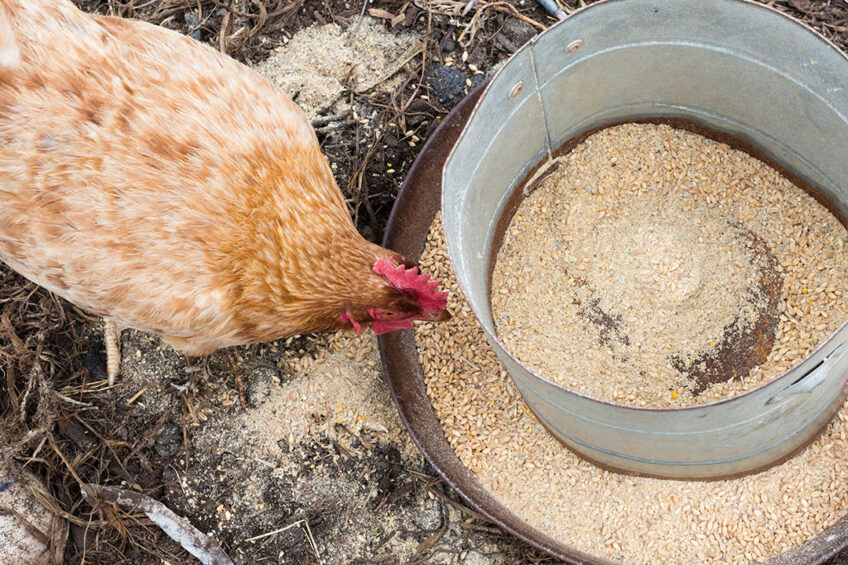Combatting mycotoxins in poultry through spray-dried plasma

Fungi that produce mycotoxins can grow on certain food products, such as grains and feed, and can cause a variety of health issues if consumed by animals, including chickens.
Poultry diets susceptible to mycotoxin contamination
The main ingredients used in poultry feed in intensive production systems are soybean meal mixed with several cereal grains, which are susceptible to mycotoxin contaminations. Mycotoxin poisoning in chickens has been associated with economic losses due to cross-border rejection in the local and global markets, which affects access to macro and micro-nutrients, particularly in poor countries.
Patulin, citrinin, sterigmatocystin, ergot alkaloids and trichothecenes are harmful mycotoxins that can negatively impact animals and humans, and it is important to address the presence of these mycotoxins to safeguard the well-being of animals and ensure the food safety of food and crops.
Impact on poultry
In avian diets in particular, they can negatively impact the immune system, gastrointestinal tract, liver and other organs, resulting in decreased profitability and, in extreme conditions, death.
Spray-dried plasma (SDP)
As a result, the poultry sector needs additives that help counteract the negative effects of mycotoxins in animal feed. Among these is spray-dried plasma (SDP), which is a complex mixture of functional proteins with antibacterial properties such as albumin, transferrin, immunoglobulins and glycoproteins, bioactive peptides, growth factors, amino acids and other molecules.
Study conducted
In a study published earlier this month, researchers from Mexico and the United States, used Ross 308 chickens (n=960), which were divided into 4 treatment groups.
- The T1 group were given a control diet (corn-soybean meal).
- The T2 group were given a control diet +2% SDP.
- The T3 group were given a control diet +2% SDP and a mixture of mycotoxins and
- T4 group were given a control diet and mycotoxin mixture.
Results
The researchers found that the presence of SDP resulted in weight gain and decreased feed efficiency, whereas mycotoxins resulted in weight loss and increased feed efficiency. SDP increased the thymus’ relative weight.
The presence of mycotoxins increased the heterophile/lymphocyte ratio. It also reduced the production of IL-2 and macrophage inflammatory protein=-3 Alpha (MIP-3a), whereas the presence of SDP increased the production of macrophage colony-stimulating FACTOR (M=CSF). SDP resulted in higher IgA concentrations in the intestinal and tracheal washes than mycotoxins. Finally, adding SDP to broiler diets boosted weight gain, feed efficiency, and immune system development.
The results, say the scientists, provide information supporting that SDP is a promising tool for improving poultry immunity and performance.
The study can be found at Frontiers | Feeding spray-dried plasma to broilers early in life improved their intestinal development, immunity and performance irrespective of mycotoxins in feed (frontiersin.org)
The All About Feed Newsletter
Sign up for our newsletter and receive all our need-to-know content three times a week.











